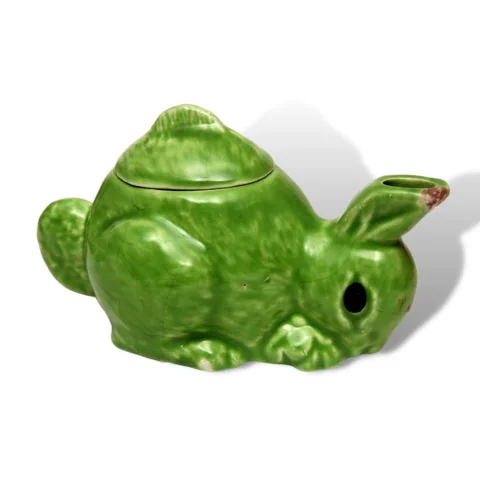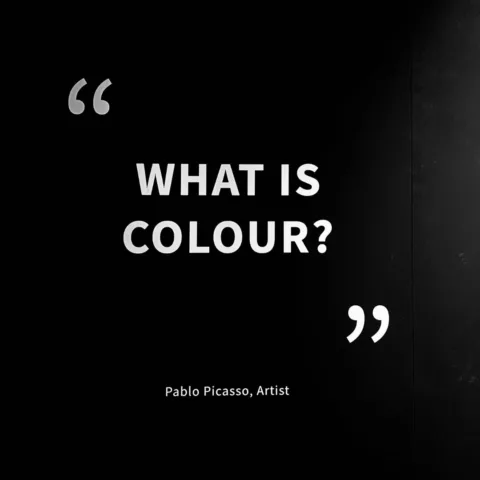The Bowes Museum Blog

Tea, Mrs Bowes?
Afternoon tea is today one of the most quintessentially British things that you can do. But how old is this wonderful tradition?
It wasn’t until the 1840s when the seventh Duchess of Bedford started it. As dinner was served fashionably late, after 8 pm, the Duchess would be peckish in the afternoon describing it as “having that sinking feeling“. What started as a quick snack of bread and butter accompanied by a cup of tea, in the privacy of the Duchess’ room, turned into a fashionable social affair when she invited friends to join her.
By the 1880s the whole nation was enthralled! The social event of having afternoon or high tea in lavishly decorated drawing rooms where ladies would wear long gowns, gloves and hats, was a must do.
The tradition of afternoon tea might have changed from, as the song says, “at half past three, everything stops for tea” to just a cuppa and maybe a biscuit for most of us. Luxury afternoon tea is more often seen today as a special treat rather than a daily occurrence. However, in some households using fine china cups is still the thing to do.
We are sure that our founders John and Joséphine Bowes both hosted and were invited to many afternoon tea gatherings. We already know that Joséphine loved beautiful dainty things. Here are some of the sets that she and John bought and might have used for tea.
Our collection includes a great number of stunning tea sets, teapots, cups and saucers.

A dejeuner (breakfast or tea set) dating 1764 made by Sevres Factory, France
For example, this exquisite 1764 Sèvres Porcelain ‘A dejeuner’ (breakfast) set would have been the thing to have then. The beautiful flowery decorations as well as the deep blue and the rich gold embellishments were a very popular trend in ceramics during this period. The most interesting detail about this beautiful tea set is the handleless tray which would have been rare and potentially the first of its kind. It is thought it was possibly intended for a table top.
This is a complete tea set for a fashionable client, with two tea caddies; one for green tea and one for black tea, both of which were popular in the 18th century. The milk jug held cream, poured ‘drop by drop’, while the tea and coffee cups shared a single saucer as they were not used at the same time.

Tea set c.1775, Worcester Porcelain
Probably one of the most interesting and also unusual tea sets that we have, is this cabaret tea set from 1867 that looks like it belongs in a fairy tale. Designed and produced by Carl Tielsch & Co, the teapot, sugar holder and milk jug seem to have a pumpkin as inspiration. The teacups and saucers are circular moulded in scallop form. The whole set has handles in the form of twisted stalks which makes it very cute indeed. The decoration is very fashionable even for 2019, as the ombre style of pink and biscuit tones merge on a white background. This set was bought from the Paris Exhibition of 1867 and we wonder if Joséphine ever used it?

Enter a caption
Our collection also has very beautifully decorated tea cups and saucers that look like they might once have belonged in a big, bold set.
Take this enchanting Sèvres porcelain cup and saucer that most likely would have been accompanied by at least a teapot and milk jug. They are decorated with meanders of green leaves and blue flowers, with two gilt edged medallions containing sprays of flowers in polychrome enamels on a white background.

Cup and Saucer, c.1780, Sevres Factory
Another very adorable but unusual set of tea cups is the one above dated 1868. The cups are moulded to resemble an open rose, with handles curving upwards from the base to resemble a stalk. The rose painted pink and the stalk and the base painted green. The saucer is moulded in shallow relief with rose leaves and stalks painted in various shades of green enamel and edged in gold.

Cups and Saucers, c.1867, Berlin Porcelain
It is believed that this particular set was bought directly from the Berlin Porcelain Factory by John Bowes.
There are many wonderful, unique and beautiful objects in the ceramics collection at The Bowes Museum. It also contains some tea containers that we see more commonly today.
Like this Liverpool 1810’s mug.
The centre front is decorated with a transfer print with the following rhyme in black.
‘Let the wealthy and great
Roast in splendour and state
In envy then not, I declare it
I eat my own lamb, my own chicken and ham
I shear my own fleece, I wear it
I have lawns, I have bowers, I have fruits, I have flowers,
The lark is my morning alarmer
So, jolly boys now here’s Long life and success to the farmer.’
On either side are farming implements, on one side the farmer carrying a basket and a sickle and on the other the farmer’s wife carrying a rake.

Mug, c.1832, Sunderland Pottery
Or like this beautiful mug especially made for John Bowes’ electioneering campaign in 1832. The mug is decorated with a transfer printed scene in deep shades of blue, showing a man seated cross-legged in the foreground playing pipes wearing clothes of the period; to his left is a sheep grazing on a riverbank. This can be admired today in the John and Joséphine Bowes Story Gallery.








